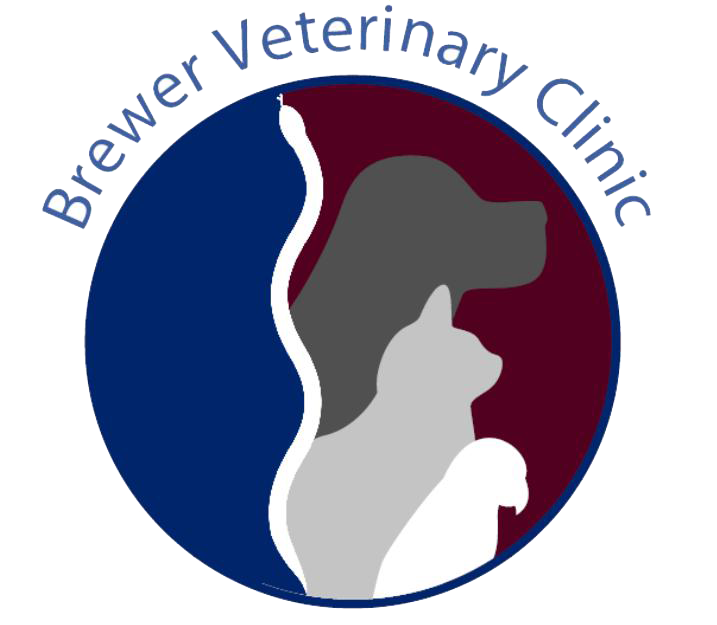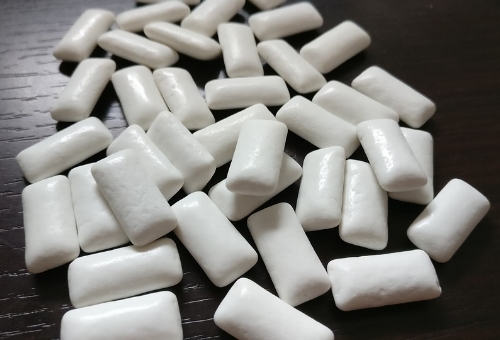We've received this type of call before. One of our clients calls to tell us their dog isn't feeling well. They're acting lethargic, disoriented, and not interested in food or play. We ask if their dog has gotten into the garbage, medications, or eaten anything they normally don't. Client tells us that their dog may have gotten into their purse and their gum is missing, but that's the only thing they could think of. That $2 pack of gum may have just turned into a life-threatening situation.
What can make gum so hazardous to dogs? Most chewing gums are sugar-free, and within many sugar-free products is an ingredient called xylitol. Despite the artificial-sounding name, xylitol is actually a natural sweetener, with trace amounts found in some fruits and other plants. Xylitol is not only found in gums, but plenty of other common products such as:
candy (gummy bears, chocolates, hard candies, etc...)
peanut-butter (some types, not all)
protein bars/supplements
baked sweets
dental products (mouthwashes, toothpastes)
medications
Xylitol is harmless to humans and is used frequently in dental products since it adds sweetness to gum and toothpaste without increasing the risk of cavities. Xylitol is toxic to dogs, however, and releases a sharp increase of insulin to the dog's system. Hypoglycemia, or severe low-blood sugar, can set in anywhere between 30 minutes to 12 hours after ingestion. This depends on the amount ingested, the size of the dog, and what kind of product was eaten. Other signs of xylitol toxicity include vomiting, diarrhea, increased heart-rate, sudden collapse, seizures, or trembling.
This gum contains many sweeteners, but xylitol would be the biggest concern as it's the first ingredient.
If you think your dog has ingested something with xylitol, check the ingredients list. If xylitol is listed in the first 3-5 ingredients, call your veterinarian right away. The higher up it is on the ingredients list, the more xylitol that product will have. Lots of other sweeteners are used in sugar-free products, but xylitol is the only one that poses any sort of significant risk.
Treatment for xylitol toxicity consists of hospitalization with IV fluids and frequent blood glucose checks for at least 24 hours. The liver is also closely monitored. If your dog has just eaten a food containing xylitol, your veterinarian may be able to induce vomiting and coat the stomach with activated charcoal to block more xylitol from being absorbed into their system, but hospitalization will still be required to monitor for liver damage and blood glucose.
Time is of the essence with xylitol ingestion, so even if you're not 100% sure your dog raided your pack of gum or sugar-free candies, still reach out to your veterinarian. Don't let a sweet treat turn into a unfortunate tragedy.


